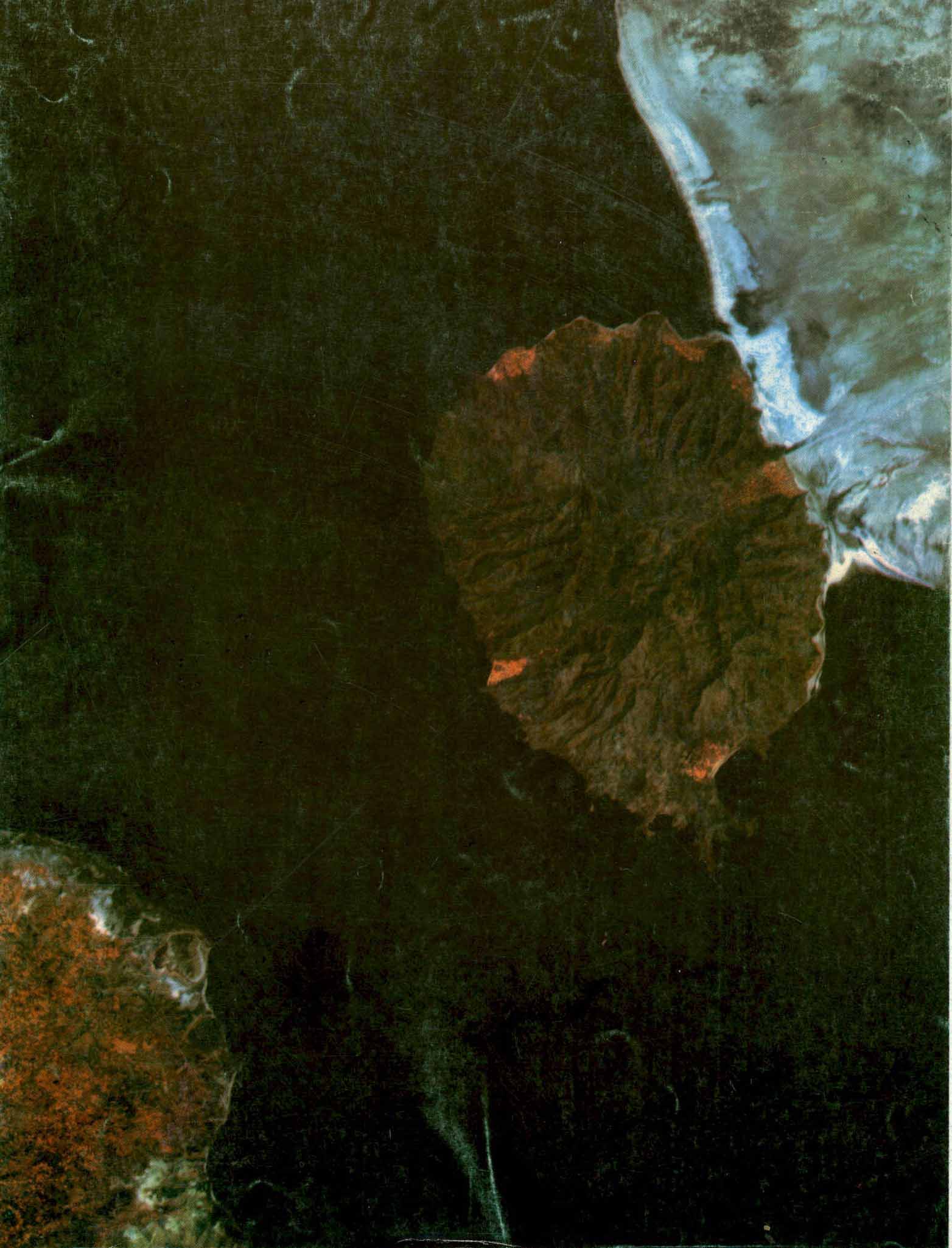Document Type : Research Paper
Author
Associate Professor of Urban planning, Malek-Ashtar University of Technolog
Abstract
The rapid access to geographic information (recognition of the face of the earth, geographic location and conditions, atmospheric phenomena, human communities, etc.) is an attempt that is
today being made by the world’s “practical-technical” centers.
Geosciences and surveying are some of the few practical fields that place all human beings in their territory because human beings are all interested in understanding their surroundings and looking for the proper utilization of it. This recognition is not possible except through geographic surveys and maps or direct observation and experience, which will be time-consuming and costly. Military goals, Sailing, Aviation, Geological studies, control of rivers and flowing waters, construction of dams and water canals, land restoration, protection of natural forests and pastures, port and pier making, Construction and development of villages, reconstruction of cities damaged by war or natural and unexpected disasters, the establishment of new towns and cities, the determination of land borders, the internal and water borders, the dry land borders, the creation of electricity and gas deliverance networks and hundreds of other vital issues all in the general sense require the existence of a map of the area as the basis for studying and planning. Geographic sciences with all their practical branches are intended to express the interactions among natural phenomena, technology, human beings and how to properly utilize the facilities, and have been closely linked with cartography from the very beginning and have already made human access to geographic information possible.

